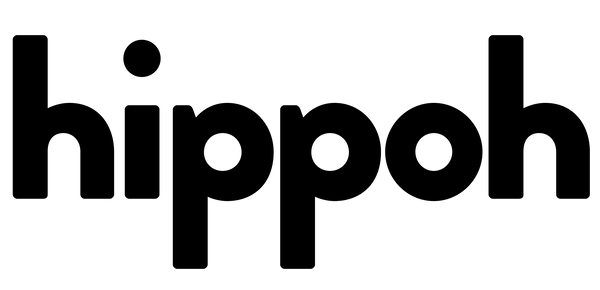Motion Tracking and Screen Replacement with Mocha for After Effects
Share
Motion tracking and Screen Replacement are two of the most common and important skills you can have as a compositor. There are countless cases where skills like these will be called upon, whether it's replacing a billboard, removing a tattoo or changing a car's number plate - these all require the basics that you learn through motion tracking and compositing. In my tutorial linked below, I cover everything you need to know about replacing a phone screen in After Effects by motion tracking it using Boris FX Mocha.
There are a couple of ways to motion track with After Effects. You can motion track using the "track motion" feature, tracking in Boris Effects Mocha (which we're going to use), or using "track camera".
- The "Track Motion" feature will track using points/pixels, so it'll look for contrast in an image and do its bets to stick to those points of contrast.
- With Mocha (which is a planar tracker) it looks for planes, so it's looking for a large plane area and contrast within that picture to track motion.
- Tracking your camera is a 3D tracker. It scatters points throughout your whole scene and creates a 3D space and camera for you to then place items into a 3D scene.
What we're going to use, and what Mocha is known for, is planar tracking. Essentially a 2.5 dimensional cheat to get somewhere in between just a point tracker and a 3D tracker. Perfect for stuff like replacing the screen, billboard, television screen, painting, adding or removing tattoos.
